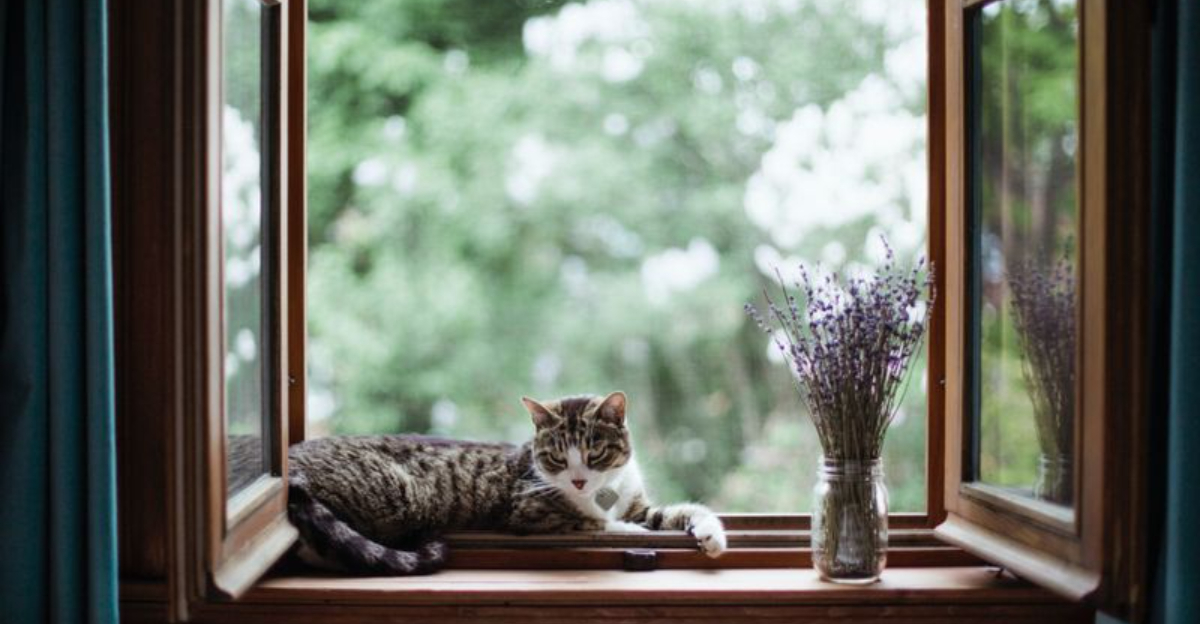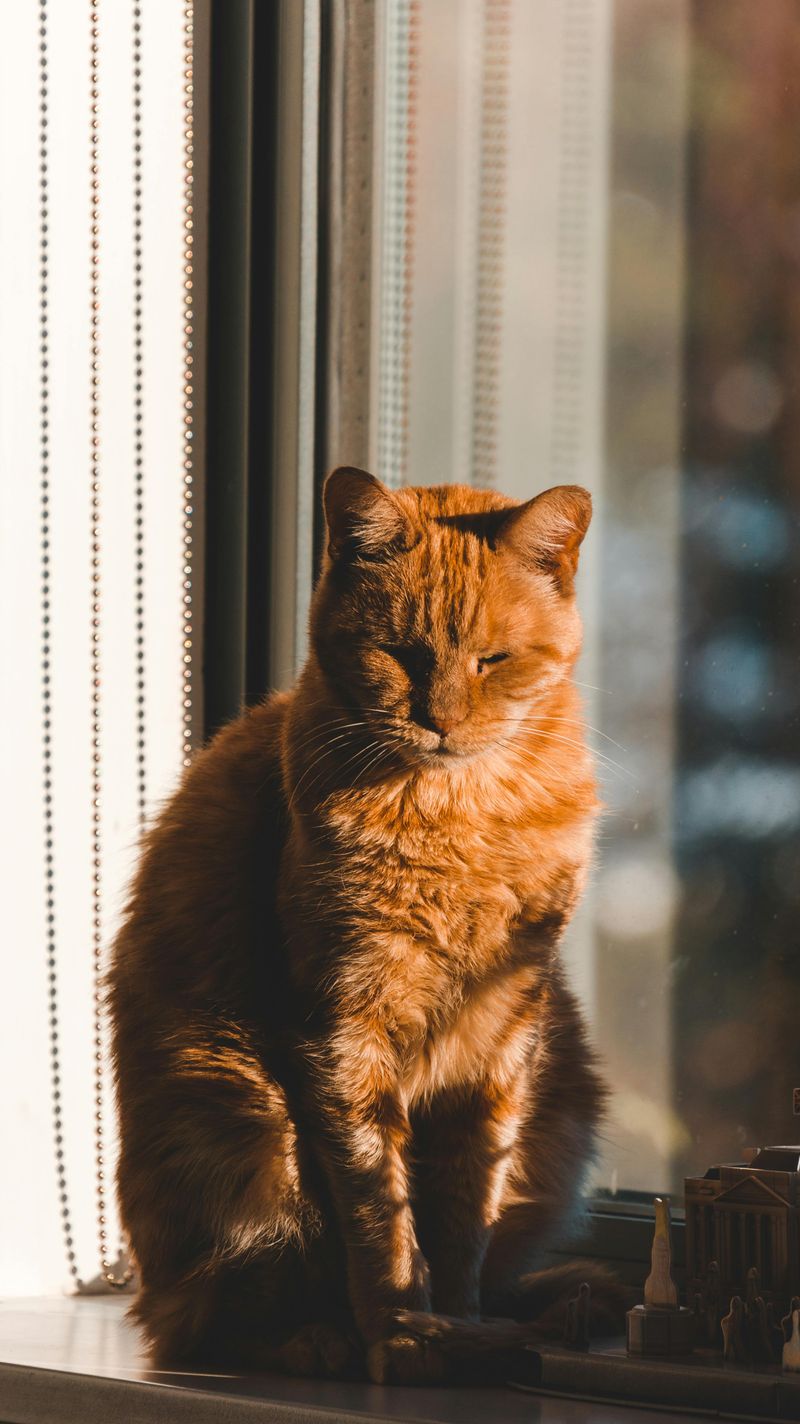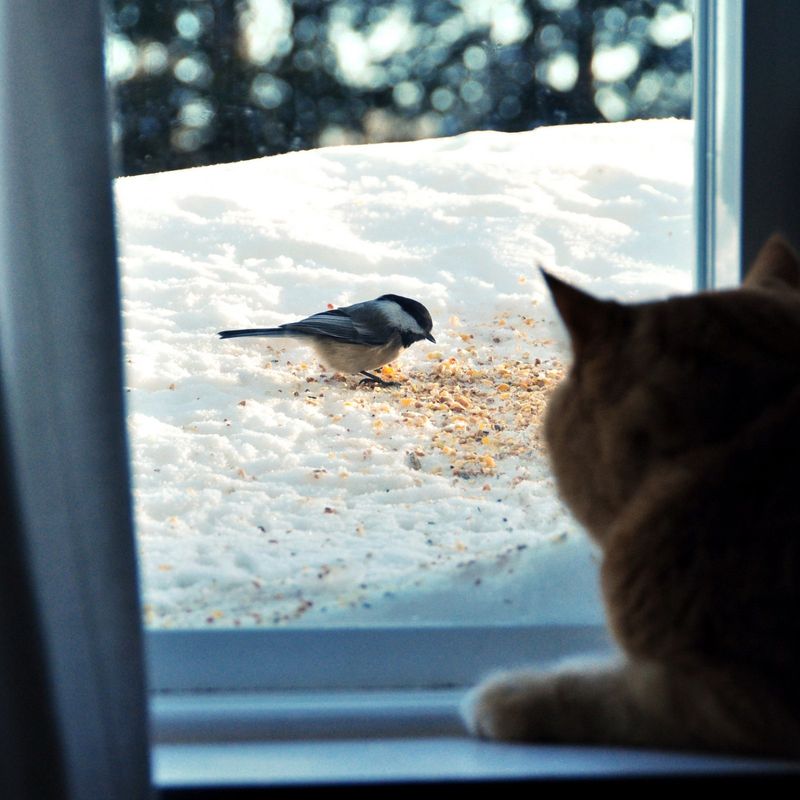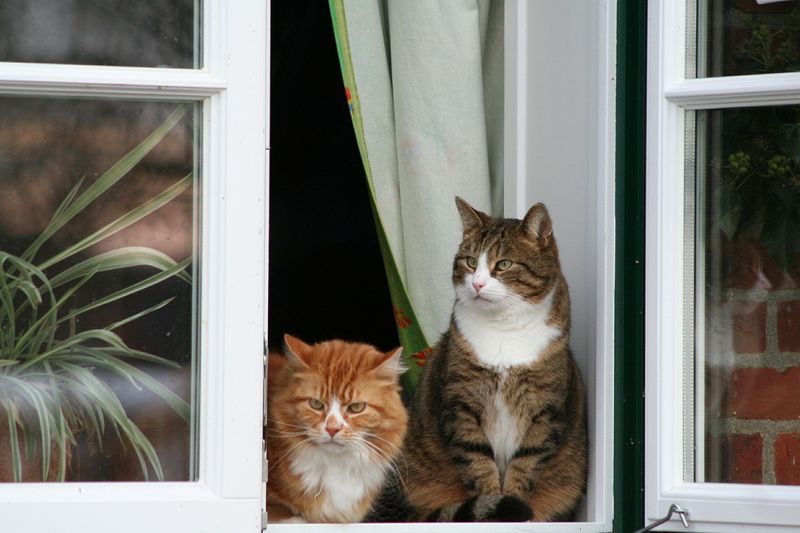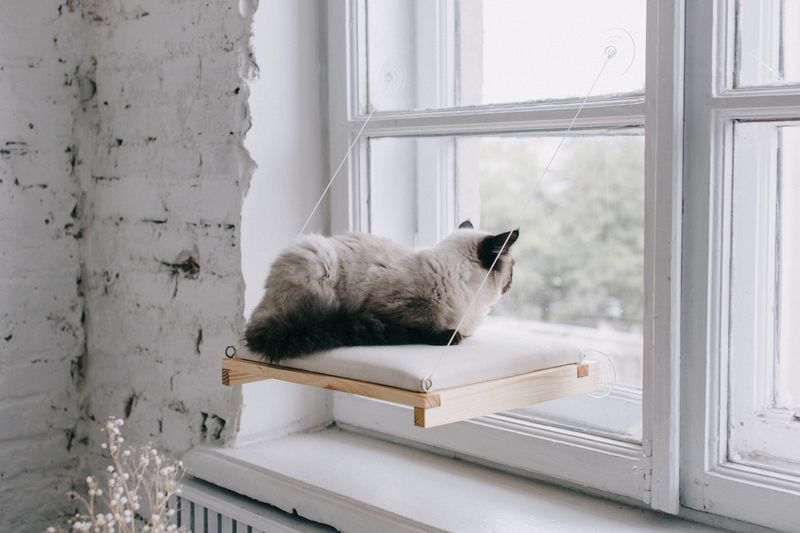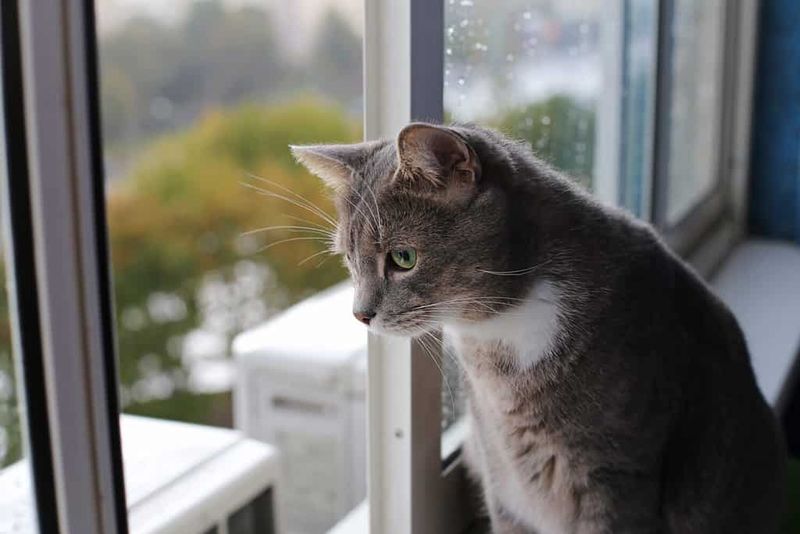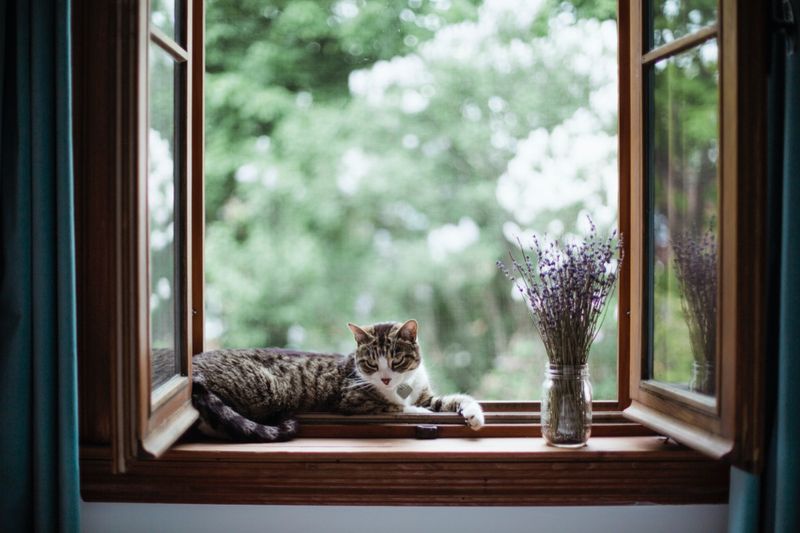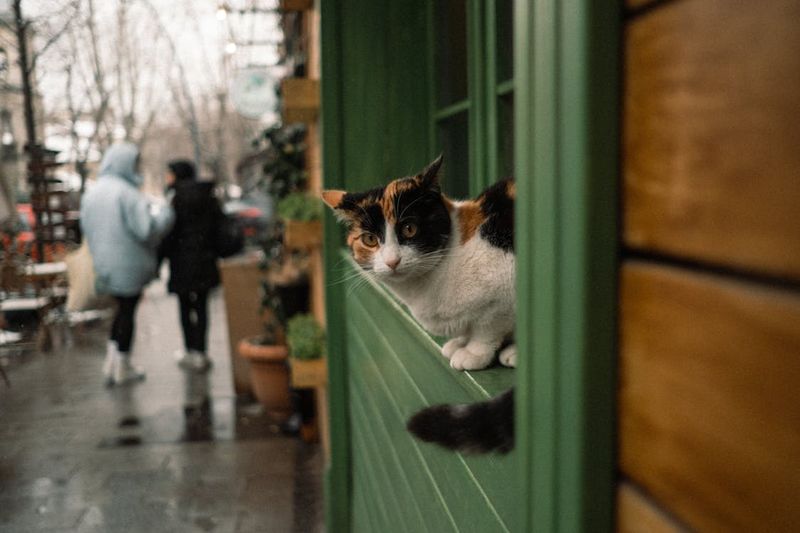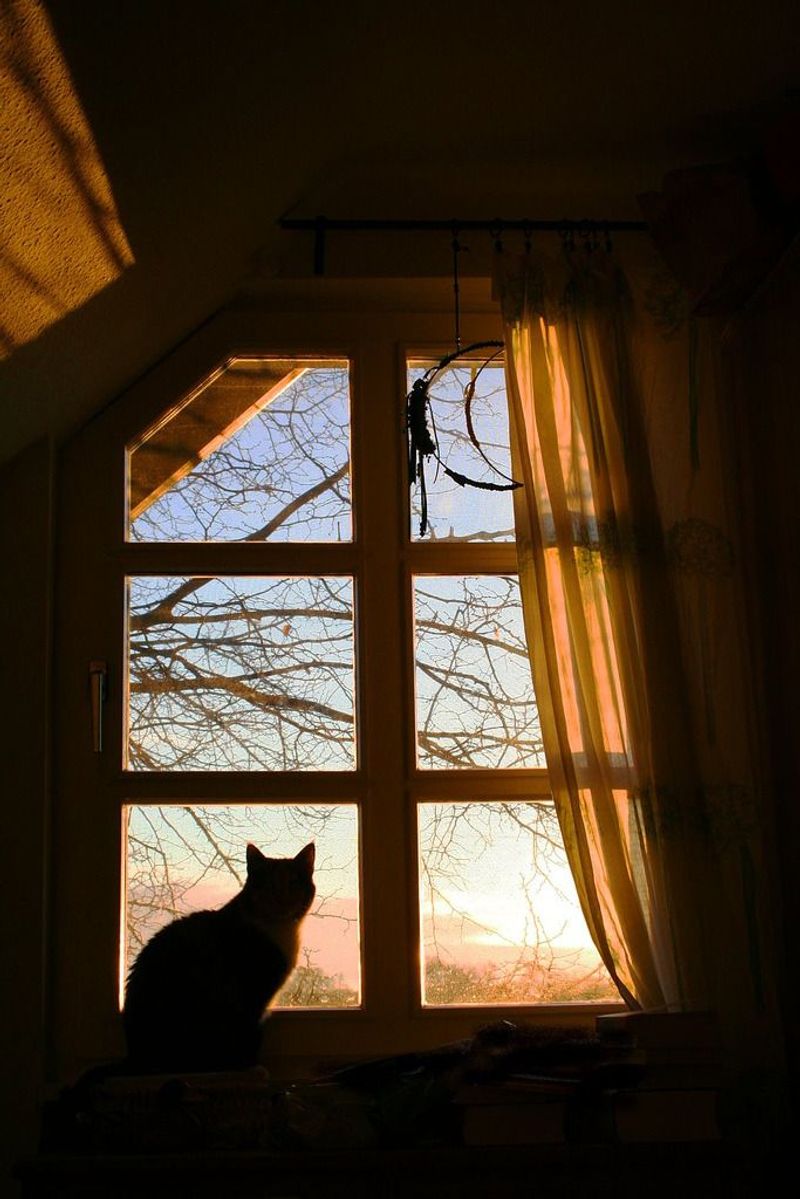📖 Table of Content:
If you’ve ever noticed your cat gravitating toward the same window every day, you might have assumed it was a coincidence. But in the intricate world of feline behavior, very little is left to chance. Cats are meticulous creatures, and their repeated window preference is a subtle but telling clue about what matters most in their environment.
The choice of a favorite window involves more than just a good view. It’s often a combination of sensory input, emotional comfort, and primal instincts. What seems like a simple lounging spot can actually be a carefully selected observation deck where your cat feels most engaged, relaxed, and in control.
Understanding the reasons behind this choice can help you better interpret your cat’s needs and even improve their well-being. From sunlight to sound, from bird-watching to air flow, each factor plays a role in shaping this daily decision. Below, we explore eight surprising things that guide your cat’s window loyalty—and why tuning into these feline preferences can make you a more intuitive, responsive pet parent.
1. Sunlight Exposure
Nothing invites a cat to sprawl and nap quite like a warm sunbeam. Throughout the day, cats instinctively follow the path of the sun, seeking out the coziest, most radiant spots to recharge. A window that captures ample sunlight—especially during the colder months—offers a dependable source of comfort and warmth. Since cats have higher body temperatures than humans and love to stay warm, sunbathing becomes a daily ritual. That favorite window isn’t just about light—it’s about the heat that seeps into their fur and bones. Many cats even adjust their positions throughout the day to stay within that golden glow. A sunny window becomes not just a perch, but a treasured solar-powered sanctuary.
2. Bird-Watching Opportunities
Movement is magnetic to a cat’s sharp eyes, and windows facing bird-filled trees or feeders are prime real estate. They don’t just sit at the window—they hunt with their eyes, tails twitching as they watch robins, sparrows, or squirrels flit around. Even indoor cats maintain their predatory instincts, and watching wildlife satisfies a deep-rooted need for mental stimulation. The flutter of wings or rustle of leaves can hold their attention for hours, turning a simple window into a feline fantasy channel. Owners may notice their cat chattering or making clicking noises—classic signs of excitement. This behavior shows how deeply their instincts are engaged, even from behind the glass. Providing a view of nature is one of the easiest ways to enrich an indoor cat’s life.
3. Quiet vs. Noisy Surroundings
Peace and predictability are essential to a cat’s sense of security, so they’re naturally drawn to windows in quieter areas. Loud noises—traffic, sirens, construction, or barking dogs—can quickly turn a potential lounging spot into a no-go zone. Instead, your cat may favor a back window overlooking a still garden or courtyard. This preference reflects their desire to stay calm while observing the world, rather than being startled or stressed. A less noisy window provides them the chance to stay alert without having to be on edge. Once a cat finds such a low-disruption location, they’ll often return to it consistently. Choosing serenity over sensory overload is a trait most cats share instinctively.
4. Height and Perch Comfort
Comfort and elevation go hand in paw when it comes to a window’s appeal. Cats are vertical creatures—they love being up high where they can observe without being seen. A window ledge that allows them to perch safely and stretch out becomes a prime relaxation zone. Even better if there’s a cushion, blanket, or soft surface nearby that they can knead into the perfect bed. The ease of access also plays a role—too high or too awkward, and the spot may be ignored entirely. When they find the ideal combination of height, comfort, and visibility, it becomes their go-to lookout. Think of it as a throne with a view, worthy of your cat’s royal standards.
5. Scent Trails and Territory
Smell is one of a cat’s most powerful senses, and windows can be hotspots for olfactory information. If other animals regularly pass by—a neighborhood cat, a dog walker, or even a raccoon—your cat might choose that window to monitor these “intruders.” They’ll sniff the window edges, leave their scent by rubbing, and guard the space like it’s part of their territory. This behavior is deeply instinctual, tied to their need to patrol and protect their perceived domain. You may even notice your cat becoming more vocal or alert at these windows. What seems like simple curiosity is actually a protective, territorial stance. To your cat, that window is more than a view—it’s a front line.
6. Airflow and Fresh Scents
A partially opened window is a goldmine of sensory information for a cat. Breezes carry in a bouquet of aromas—flowers, grass, food, even other animals—that provide a constant stream of enrichment. Cats will often press their noses to the screen, sniffing deeply and tracking subtle scent changes. Even slight temperature shifts or changes in air pressure are fascinating to them. That airflow also offers a physical comfort, especially on warm days, creating a cool and inviting place to rest. When a window delivers both scent stimulation and fresh air, it easily becomes a top pick. The experience is immersive, offering a blend of stimulation and comfort few other spots can match.
7. People-Watching Potential
Social and curious cats often enjoy watching humans as much as wildlife. A window facing the street, driveway, or sidewalk becomes a people-watching station where your cat can track movement and activity. Delivery trucks, joggers, and neighborhood kids all become part of your cat’s “daily drama.” While some cats prefer privacy, others are more extroverted and love the hustle and bustle. Their interest in people also reflects a bond with their own humans—watching you leave or come home is a big moment. If your cat consistently chooses a window near your front door or driveway, it may be a sign of attachment. They’re keeping tabs on the world—and on you.
8. Privacy and Low Disruption
In contrast to curious extroverts, some cats choose windows that are tucked away and less trafficked. A quiet corner with minimal foot traffic from both humans and pets can be especially appealing. These windows give your cat a sense of seclusion and ownership, which many felines value deeply. The ability to observe without being disturbed or crowded is essential for cats who are more reserved. Over time, they may even treat this spot like a personal retreat, returning to it like clockwork. If you rearrange furniture or disrupt this window’s vibe, your cat might protest or search for a replacement. Cats appreciate consistency, and quiet windows often offer exactly that.
